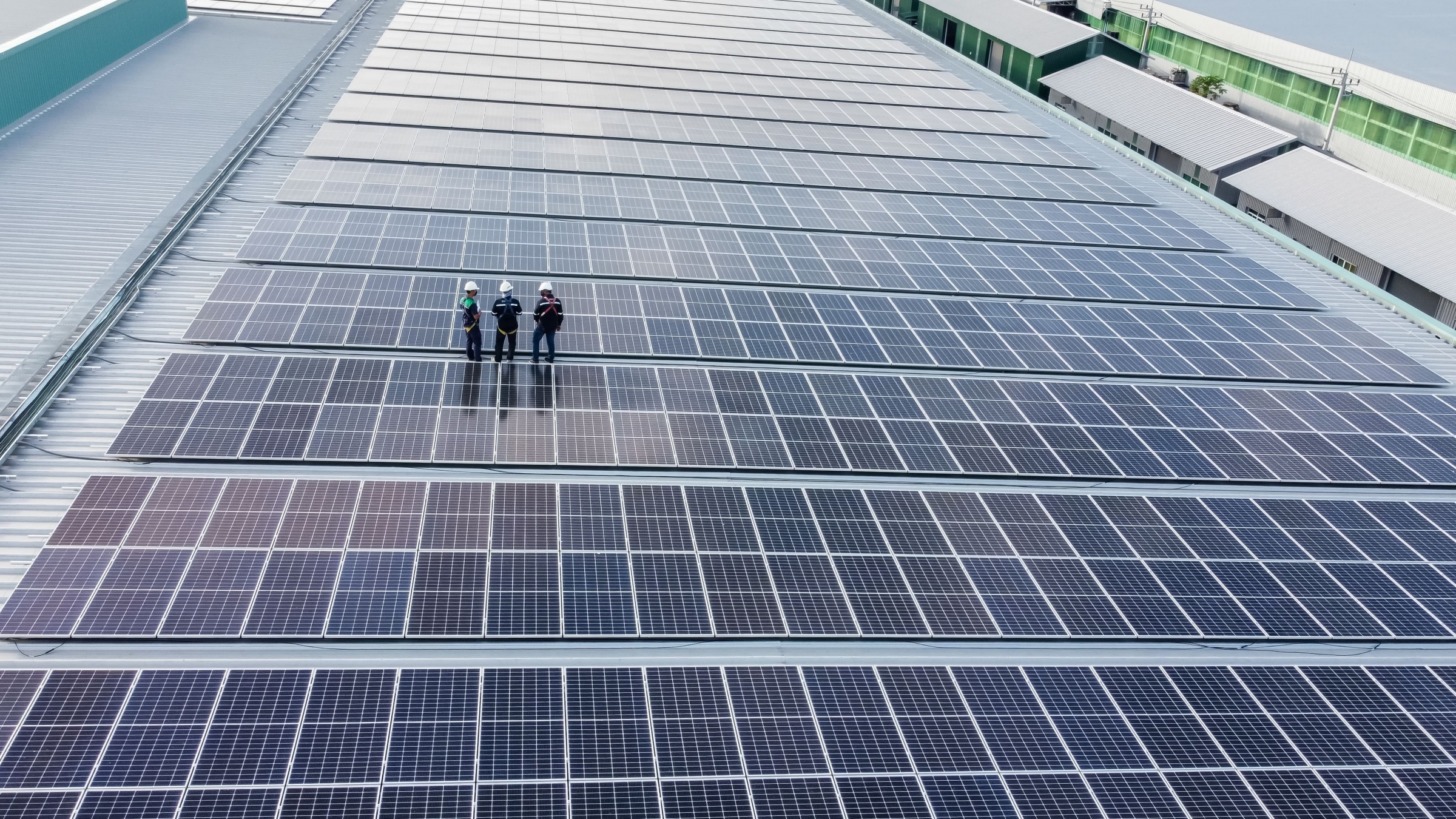The following article is a guest post from the folks at Renewable Energy Hub.
In January, this year, the U.S. Energy Information Administration (EIA) announced that utility-scale solar capacity was anticipated by project developers and plant owners to set a new record by adding 15.4 gigawatts (GW) of new capacity to the grid in 2021.
Solar energy is leading the way with 39% of total new electricity generating capacity. It’s followed by wind (31%, or 12.2 GW), natural gas (16%, or 6.6 GW), battery storage (11%, or 4.3 GW), nuclear (3%, or 1.1 GW), and other sources, at 0.2 GW.
Solar’s new capacity will overtake last year’s almost 12 GW increase which was based on additions in October (6.0 GW) and November and December’s combined additions (5.7 GW). More than half of the new utility-scale solar PV is scheduled for just four states: Texas (28%), Nevada (9%), California (9%), and North Carolina (7%). On top of that EIA’s Short-Term Energy Outlook forecasts a further 4.1 GW of small-scale solar PV capacity entering service by the end of 2021.
Despite the devastating effect of the COVID-19 pandemic, 2021 began with surging growth for renewable energy. According to Wood Mackenzie and the Solar Energy Industries Association (SEIA) residential solar installations dropped by nearly 20% in the second quarter of 2020 from the first which was the most ever, as the pandemic prompted stay-at-home orders. However, by the end of 2020, the solar industry had bounced back.
Wood Mackenzie have issued a 10-year forecast which predicts that the U.S. solar industry will install a cumulative 324 GW of new capacity to reach a total of 419 GW over the next decade. Abigail Ross Hopper, SEIA president and CEO said:
“After a slowdown in Q2 due to the pandemic, the solar industry innovated and came roaring back to continue our trajectory as America’s leading source of new energy. The forecast shows that by 2030, the equivalent of one in eight American homes will have solar, but we still have a long way to go if we want to reach our goals in the Solar+ Decade. This report makes it clear that smart policies work. The action we take now will determine the pace of our growth and whether we use solar to fuel our economy and meet this climate moment.”
New data from the EIA shows that Texas will account for more than a quarter of solar additions in 2021. Already, the U.S. state with the most wind energy capacity it is now catching up with California in utility-scale solar capacity. Currently, California has the most installed utility-scale solar capacity of any state. According to survey reports on EIA’s Preliminary Monthly Electric Generator Inventory, Texas will add 10 GW of utility-scale solar capacity by the end of 2022, compared with 3.2 GW in California. It is expected that one-third of the utility-scale solar capacity projected to come online in the U.S. in the next two years (30GW) will be in Texas.
The installation of 2.5 GW of solar capacity in 2020 signified the beginning of the solar boom in Texas. The addition of 10 GW by the end of 2022 will bring the total of installed solar capacity in Texas to 14.9 GW.
According to a report by the Institute for Energy Economics and Financial Analysis (IEEFA) in 2020 the surge in new utility-scale solar is set to push much of what’s left of the coal-fired power fleet in Texas into retirement in the next few years. Dennis Wamsted, an IEEFA analyst and lead author of the report said:
“Coal-fired power generation in Texas, pummelled by clean, no-fuel-cost wind over the past ten years, is about to be hit by a second wave of competition from renewables as utility-scale solar power stands to gain significant market share over the next few years.”
2021 will see large-scale projects from the likes of Lightsource BP, Enel Green Power and Tokyo Gas come online in the state of Texas.
Undeterred by the COVID-19 pandemic, a Chicago-based global developer and operator of green energy generation and storage, Invenergy, began work on a 1,310-megawatt solar farm in North Eastern Texas in 2020, which will be the largest in the U.S. upon completion. The Samson Solar Energy Center as it’s called, will support five major consumer brands and supply power to three Texas municipalities:
- AT&T: 500 MW
- Honda: 200 MW
- McDonald’s: 160 MW
- Google: 100 MW
- The Home Depot: 50 MW
- City of Bryan, TX: 150 MW
- City of Denton, TX: 75 MW
- City of Garland, TX: 25 MW
The Samson Solar Energy Center will be constructed in five phases over the next three years, with each phase starting its operation upon completion in 2023.
The rapid growth of both solar and wind is driving the expansion of utility-scale battery storage installations, with new capacity expected to more than quadruple and reach 4.3 GW of additions this year.
Worthy of note is the storage facility due to begin operations in 2021, the Manatee Energy Storage Center, which is being developed by utility Florida Power & Light Company and will feature a 409MW battery system powered by an existing solar plant.
It looks likely that the gathering utility-scale solar surge will irreversibly alter the market’s daily dynamics and drive more coal plants offline by 2025. The improved outlook for solar reflects robust demand from utilities seeking to meet carbon-reduction goals and a rebound in demand for home solar systems, thanks in part to declining costs for the technology. Projects are increasing in size and finding new cost efficiencies is a priority for companies across all market segments.

